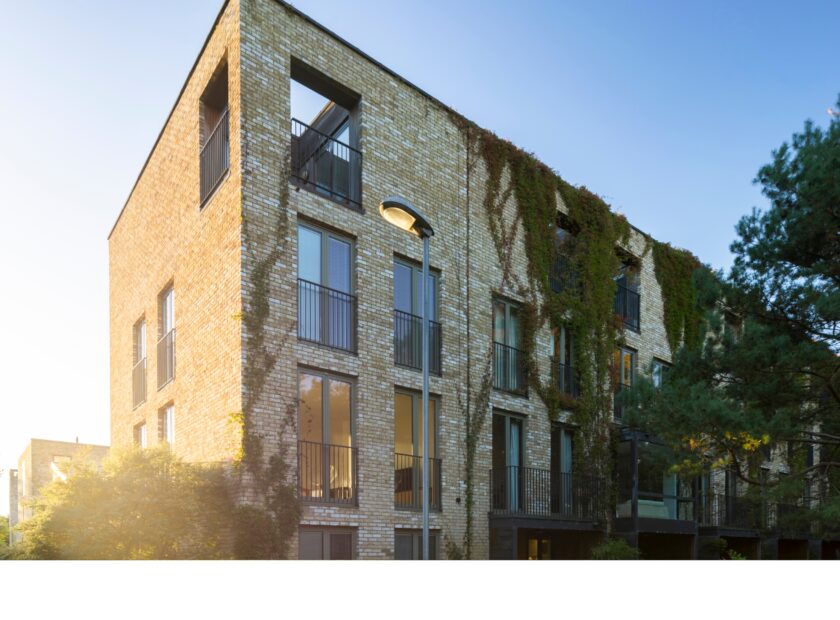After a year of living with the Covid-19 pandemic, many of us have been forced to reconsider the way we live and value our neighbourhoods more than ever. Local parks and greenspaces have become a destination of choice to get outside, exercise and meet others safely. We have a newfound appreciation for local shops, a renewed sense of community, and with more of us choosing to walk and cycle as a way of getting around, there is a real opportunity to transform our neighbourhoods and streets for the better.
However, whilst this has been a time to reconnect with where we live, it has also exposed the stark inequalities that exist between communities. The pandemic has negatively impacted deprived communities the most and existing health inequalities are shown to be widening. Poor housing quality, access to outdoor space and unemployment are clear examples of our unequal experiences over the past year.
Looking to a post-COVID recovery, an idea that has captured the attention of many places around the world is the ’20-minute neighbourhood’ – or ’15-minute city’. Places likes Portland, Melbourne and Paris have been working with their communities putting the idea into practice for many years, providing valuable insight on how to make it happen.
In principle, the 20-minute neighbourhood is just another way of describing a compact, connected and walkable neighbourhood, which has strong roots in the Garden City model of development long advocated by the TCPA.
Closer to home, the Scottish Government recently announced an ambition of the 20-minute neighbourhood in creating vibrant, healthy and safe communities, and similarly, there have also been calls for the Welsh Government to commit to introducing the idea as part of a zero-carbon future.
During a time of rapidly changing national planning policy, the TCPA with Sport England has been collaborating with a coalition of partners to support local authorities with an introductory guide to the 20-minute neighbourhood. The guide presents the multiple benefits of the concept, reframes many familiar principles of good placemaking and includes case studies from across England.
A key lesson has been that the focus should be on taking a holistic approach to placemaking, understanding the needs and wants of communities in order to improve where they live, and not fixating on the number of minutes it takes people to get from A to B. This point is best shown as Sweden now begins looking into the ‘one-minute’ city!
Please join us at our launch conference where key contributors will be discussing the guide and we will be hearing from other speakers involved in creating 20-minute neighbourhoods.



